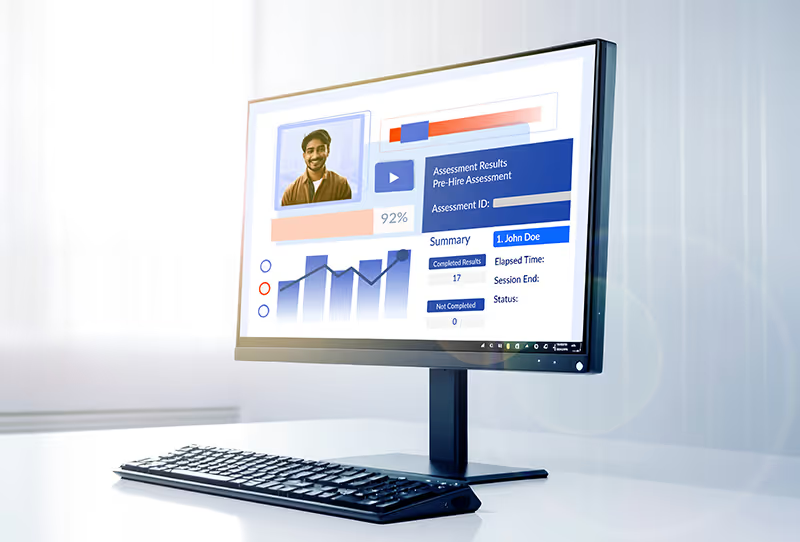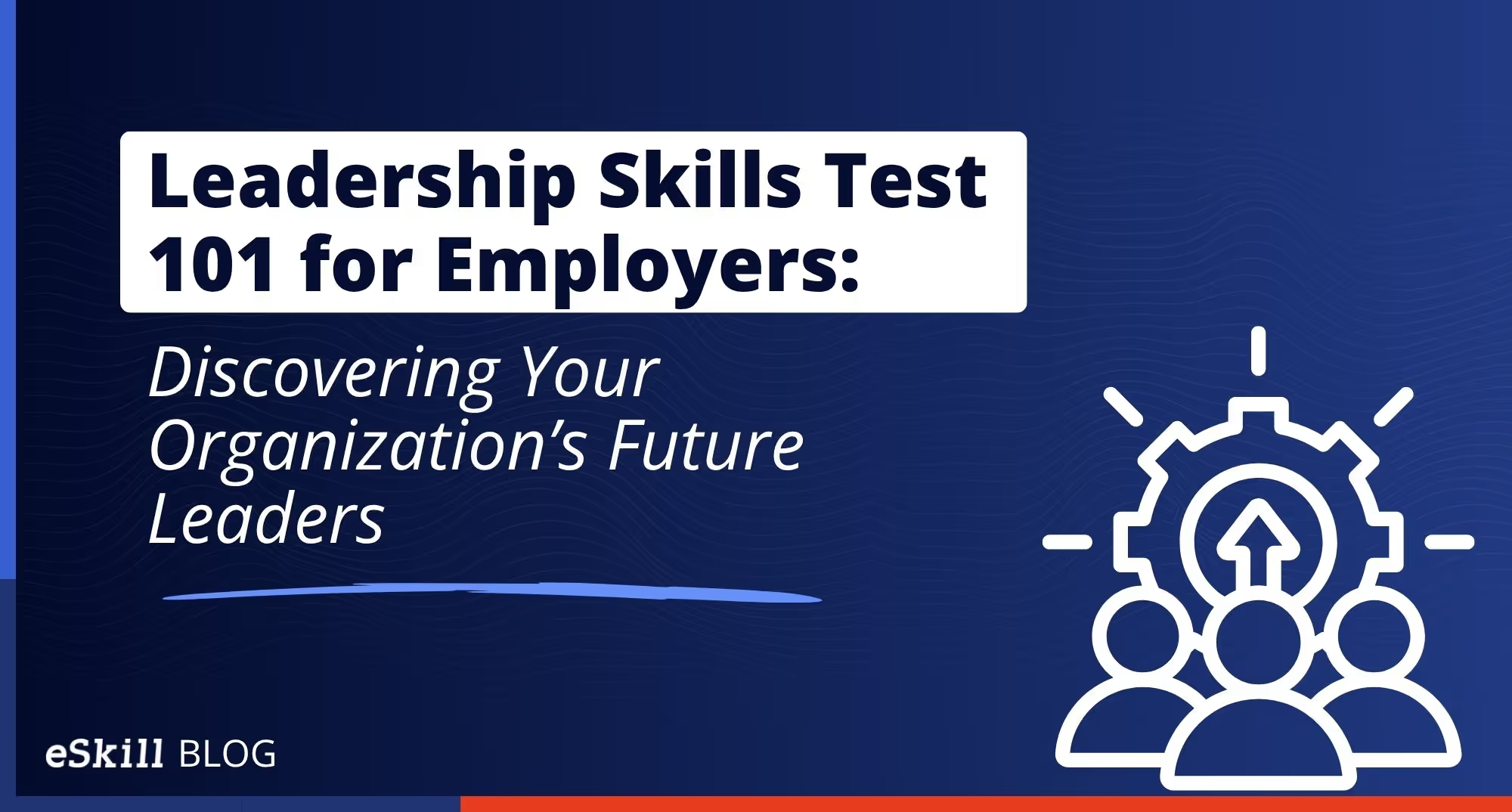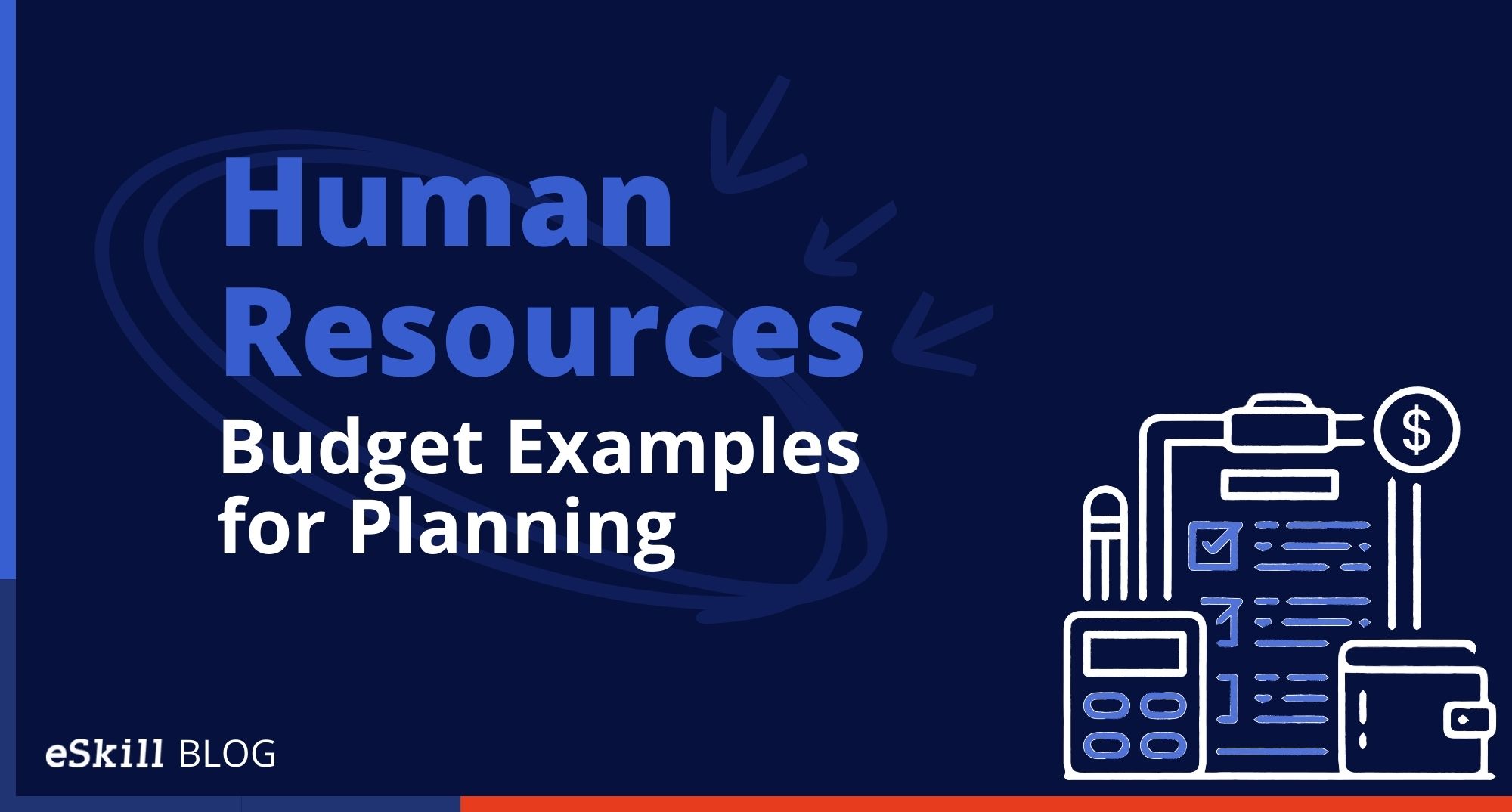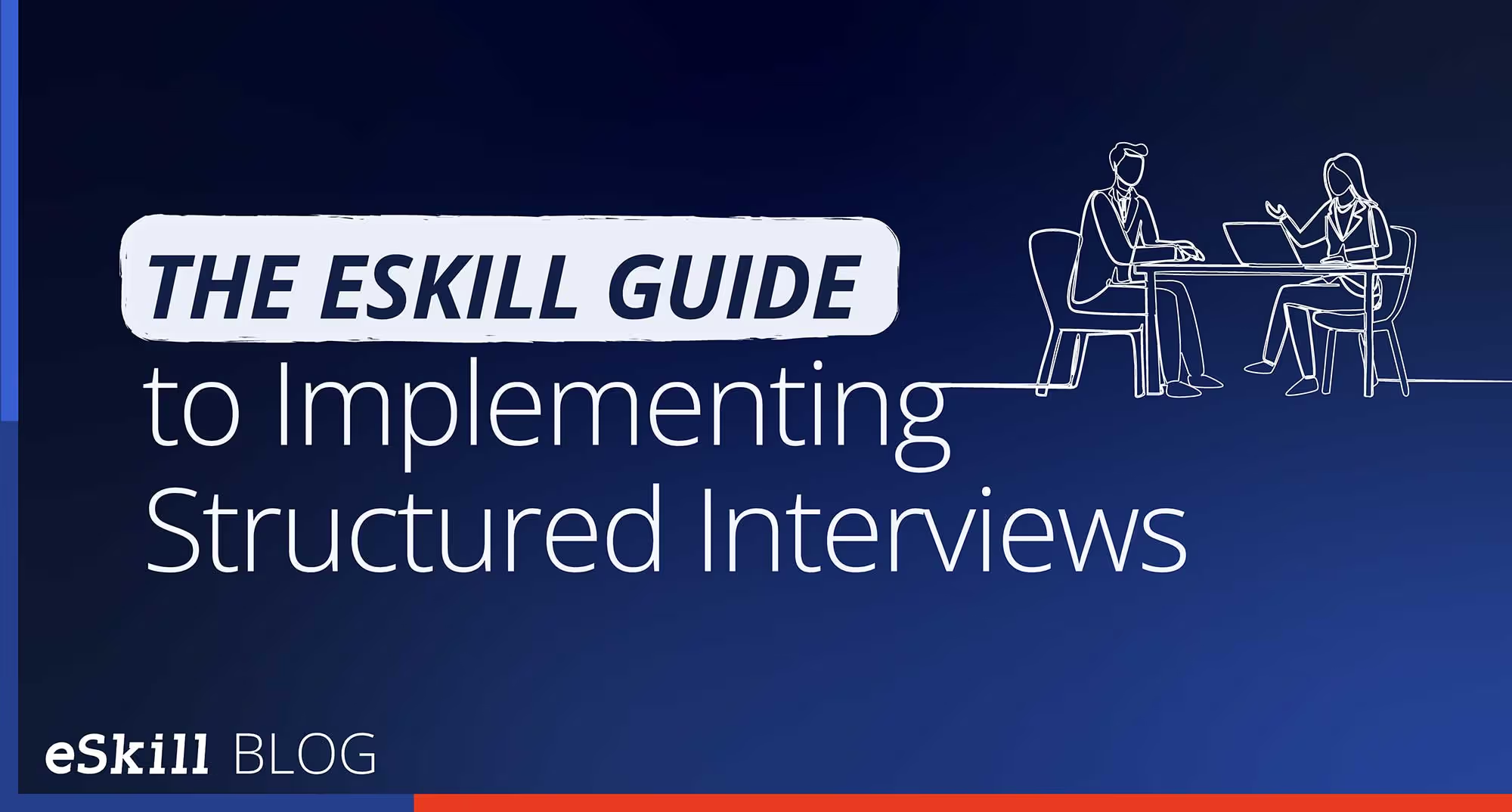Working with different personalities isn’t easy, but it’s always necessary. In today’s fast-changing corporate environment, personality types are mixed together at various levels, and it’s crucial that you learn how to spot and work with any you come across. Personality typing may be useful in your business, to help you understand people’s differences. In doing so, you’ll be able to develop more productive work teams and enhance communication.
Take the good, the bad, and the ugly: we all have different styles of communicating and making our way around the workplace. As a manager or co-worker, having a better understanding of how personalities work will help you understand how to create a better and more efficient work environment. We’ve come up with a few different personalities in the office, based in part on the Myers-Briggs Type Indicator, to help you first understand who they are and where they’re coming from.
The introvert is one of the most common personality types in the workplace. You’ll notice them by their quiet, reserved demeanor. They won’t be the co-worker who creates small talk in the office, and they’re likely to be more focused on the task at hand. Before they come to you with an issue or problem, they will have already thought it out completely in their head and won’t bother you with chatting beforehand. Introverts are more concerned with the inner world of the mind. They often avoid social situations because of being around people drains their energy. They love “me” time.
On the complete opposite end of the spectrum, extroverts jump into any and every social situation put in front of them. They enjoy being around people and have a much easier time making small talk around the water cooler at work. If you’re joining a new workplace, extroverts will be the first ones to stand up, shake your hand, welcome you to the office, and invite you out for a drink after work. Their personalities “fade” once they are no longer around a bunch of people and with that, they are easily distracted in the office. They think on their feet and seek all the glory. When working in teams, the extrovert will attempt to take the lead, whether or not he or she is qualified for it.
People also tend to have very different methods of working. One type of working style is a perceiver. This personality might annoy you if you’re very task-oriented and deadline-driven. Perceivers tend to have a more casual and unconventional approach to their work environment. They work at their own speed and may tend to be a bit messy and slouch in their chair, creating a “whatever” type of effect. They often are excited about new projects, but once a project is started, they tend to lose interest quickly. They lack structure and dislike systems, and rules they think are too confining. But they do have their strengths, and adaptability is one of them.
The opposite working style to a perceiver is a judger. These people tend to be quite efficient and timeline-oriented. They like to have everything planned out well in advance. The difficulties may arise when something changes at the last minute, and they need to adapt quickly. This can raise the hackles of a judging type, who likes for everything to be clearly stated in black and white and doesn’t like to color outside the lines.
Communication types in the workplace are all over the map. There are people who like some kinds of work but don’t like others, and some who are lazy in certain situations, but go-getters in others. So how do we work with all of the personality types we come across? Here are a few suggestions:
Pick Your Battles.
Every time you engage in a workplace conflict there is usually a high cost, mainly in time. Your work projects are delayed and tension builds in the office. It’s more efficient to choose what your priorities are at work and encourage all to focus on those goals, and to place less attention on conflicts that may occur due to personality differences.
Know You’re on the Same Team.
While the workplace can be filled with a plethora of personalities and opinions, it’s easy to forget that everyone is working toward the same objectives, and is on the same team. A co-worker might have a different work process, but that doesn’t need to be divisive. Strong opinions are a sign of passionate workers. But at the end of the day, you’re on the same team and working for the same goals.
Ask How the Other Person Works.
Don’t know how to get along with someone because they have a different work style due to cultural or personality barriers? Just ask. Figure out how your colleagues and managers enjoy working, and try your best not to interrupt their productivity flow. One colleague might prefer that you ping her on Skype or stop by her office rather than sending an email. Others prefer instant messaging. Adapting to other peoples’ work styles will make it easier for you to push your own processes and projects through.
Conflicts in the workplace often arise because of difficulties people have communicating with other personality types. Learning how to work more effectively with others who are different from you will make you a better person overall. Understanding diversity in the workplace is a very important skill to have, and will make you more marketable in the future. Whether you learn by experience or do training exercises to understand this process better, it’s worth taking the time to learn about and adapt to other people.

Get ademo.






